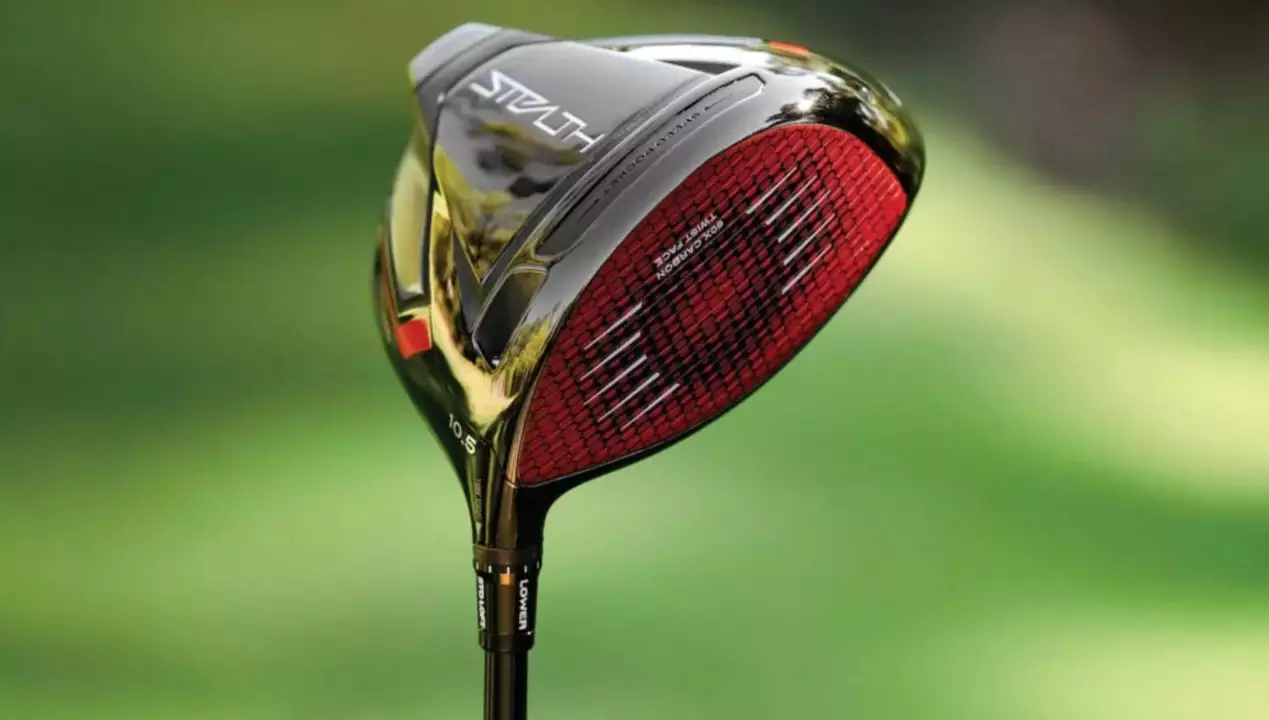Manufacturers: Trends, Challenges, and Industry Stories
When talking about Manufacturers, companies that design, produce, and deliver goods for consumers and businesses. Also known as producers, they are the backbone of every market, from tech gadgets to sports gear. Electronics manufacturers, firms that create devices like smartphones, laptops, and wearables power the digital world, while Golf equipment manufacturers, companies that craft clubs, balls, and carts for the sport keep the fairways swinging. Sports manufacturers, entities that produce apparel, accessories, and equipment for a variety of athletic activities shape how fans and athletes experience the game. These groups all depend on efficient supply chains, the network of sourcing, transportation, and distribution that moves raw materials to finished products. In short, manufacturers drive economic growth, rely on supply‑chain efficiency, and influence consumer trends across the board.
Key Sectors and Their Unique Challenges
Electronics manufacturers face rapid innovation cycles, meaning they must balance research costs with the pressure to launch the next flagship device. This pushes them to adopt advanced chipsets—like the Snapdragon 8 Elite Gen 5 featured in Xiaomi’s newest phones—and to partner with lens specialists such as Leica for better camera performance. Golf equipment manufacturers, on the other hand, juggle tradition and tech. They keep classic club designs while integrating materials like carbon fiber to boost swing speed and distance. Moreover, the rise of personal electric golf carts in tourist spots such as Key West shows how these manufacturers are expanding into mobility solutions, blending automotive safety standards with golf‑course convenience. Sports manufacturers often navigate seasonal demand spikes, especially around major events like the Masters tournament, where the need for high‑performance apparel and accessories spikes dramatically. All three sectors share a common thread: they must stay agile, manage inventory wisely, and meet regulatory standards—whether those are electromagnetic compliance for phones or road‑legal requirements for electric carts.
Across these industries, the link between manufacturers and their customers is tighter than ever. Real‑time data lets electronics manufacturers tweak software after launch, while golf equipment makers use player feedback to refine shaft stiffness or club head geometry. Sports manufacturers leverage social media trends to launch limited‑edition gear that resonates with fans instantly. The result is a feedback loop where manufacturers not only supply products but also shape user expectations. Below you’ll find a curated set of stories that illustrate these dynamics—from a storm‑driven school closure in Northern Ireland to Xiaomi’s flagship launch, from the legal nuances of driving electric golf carts in Key West to tips on choosing the right golf clubs. Dive in to see how manufacturers across different fields are navigating today’s fast‑paced market.

What companies were the first manufacturers of golf clubs?
Golf has been around for centuries and the use of golf clubs has evolved over time. The first golf clubs were made by hand, crafted from wood and iron. The first manufacturers of golf clubs were the members of the Edinburgh Burgess Golfing Society in the late 17th century. They were the first to make and sell golf clubs to the public. By the 19th century, the first mass-produced golf clubs were being made by several companies, including Hugh Philp & Son, MacGregor Golf, and Spalding Golf. These companies were some of the first to design, manufacture, and market golf clubs on a large scale. Today, the golf industry is highly competitive with many companies vying to produce the best clubs.